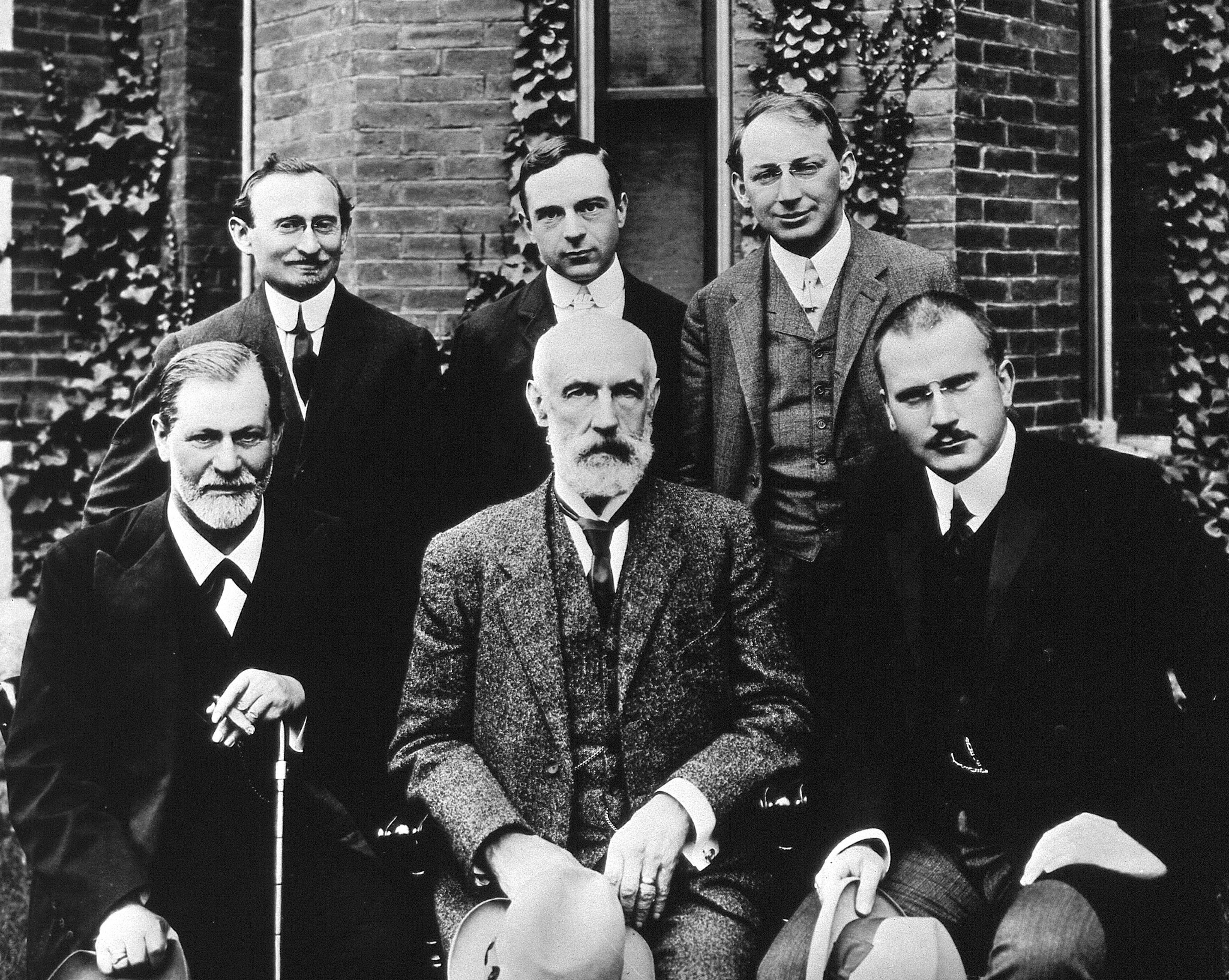The catching of the lion-fish, from a typical page of the Nuremberg Chronicle.
Hello! Today I would like to share with you, my faithful readers, the story of (and several illustrations from) a weighty tome that we Anglophones call the Nuremberg Chronicle. Published in 1493 in the German city of Nuremberg, the Schedelsche Weltchronik, as it was known in the HRE, the book actually had no title. This gave rise to the popular schoolboy's rhyme:
"In fourteen-hundred and ninety-three,
In Nuremberg a historically important untitled world chronicle with numerous colored woodcuts came to be!"
Indeed, as the verse says, the book was no less than a complete chronicle of world knowledge. An envious achievement, the large-size folio was one of the most lavishly illustrated of early printed works. It covered the events of the Old and New Testaments, world cosmography, and profiled famous intellectuals, martyrs, and peoples from throughout recorded history.
The 1490s were heady days indeed in Europe. In the same year as the publication of the NC, in the Kingdom of Croatia (also home to Europe's first arboretum), the Battle of Krbava Field was fought between Croatia and the Ottoman Empire, the great alchemist Paracelsus was born, and Charles VIII of France signed the Treaty of Barcelona!
What were all these crazy woodcuts about, you ask? Here I present a sampling of some of my favorites. Perhaps you will have seen some in other early modern works, for authors and printers have always used these images like early modern clip art.
The Creation of Eve. Note the great rock-climbing opportunities afforded by the Garden of Eden. Also, look at those intricately woven fig leaves God is wearing.

A large world map drawn (and held up by) Noah's three sons, Sem, Cam, and Iaphet. Note the photo booth roll of diverse peoples on the left side. From top: Ganesh, the Green Man, the Six-fingered Saracen, Mr. Tumnus, Socrates, Janus, and some giraffe dude.
Ever been caught in a rainstorm and wished you could use your single foot as an umbrella? Look no further than this antipodean gentleman of the deepest Orient!
In addition to the fantastic illustrations of unknown peoples, there were woodcuts of more familiar peoples, like this barefooted Turk gentlemen.
The "Danse Macabre," a favorite decorative print in the homes of those whose families had perished in the Black Death. We all fall down!
Illustrating the socio-economic differences of the late Middle Ages.
The great first-century writer and philosopher Seneca engaged in his favorite activity, being bled while rub-a-dub-dubbing. This depicts Seneca shortly before being beat to death by a violin by the emperor Nero, who later replaced him with the indestructible robostoic, Pseudoseneca.
This scene seemingly depicts the punishment of the heretical Christian sect the Lollards. The English Inquisition dreamt up a unique punishment for these breakaways, where the guilty parties were buried up to their shoulders with several of their fellows and then set on fire. Interestingly, this torture technique was last used in Ireland during the 1980s.
This woodcut illustrates the biblical story of the stubborn Balaam. In this scene, Balaam prepares to beat his ass, not knowing that the animal refuses to move because an angel bars his way. Also, it seems like there isn't much of a road past the angel anyway.
Mythic and pseudo-biblical stories also inspired several illustrations in the NC. In this scene, the Devil abducts Lady Godiva just as she is enjoying a picnic lunch at the Coventry Municipal Park. Note the example of the once-popular knee mask that the Devil is wearing.
Do you believe they put a man on the Moon?
I'm not really sure what this one is, to be honest. Send in your guesses, and win a free Cabinet of Curiosities pie safe!
Well, I hope that you have enjoyed these pix from the famous Nuremberg Chronicle. Check them out yourself on that great treasure trove of adventures in the public domain, Wikimedia Commons.
Until next time, good morrow!























